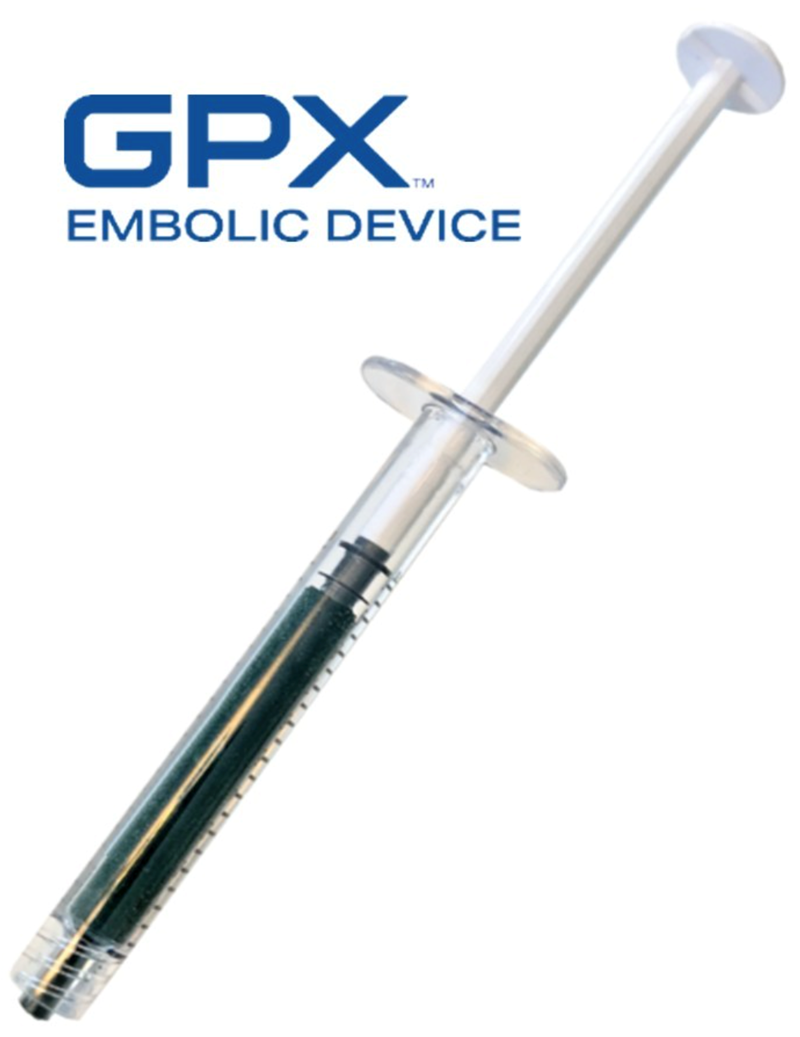Study of Embolic Device Demonstrates Superior Vessel Filling in Tumor Models
 Study results examining the extent of vessel filling using the GPX Embolic Device compared to microspheres, a common treatment for many types of tumors, has yielded promising results.
Study results examining the extent of vessel filling using the GPX Embolic Device compared to microspheres, a common treatment for many types of tumors, has yielded promising results.
"GPX is demonstrating deep distal vessel penetration," said Ryan O'Hara, MD, Interventional Oncologist, University of Utah. "The ability to fill the smallest tumor feeding vessels and reach distal vessel beds is very important in effective treatment of hypervascular tumors and in other therapeutic embolic procedures."
Embolizing blood supply to tumors is a high-growth procedure to block blood supply to certain tumors. Transarterial chemoembolization (TACE) includes delivering chemotherapy with embolization. Tumor embolization may also be performed prior to resection.
"GPX exhibited effective and thorough embolization throughout the renal cortical vasculature," according to a pathology assessment conducted by study pathologist James Stanley, DVM, MS, DACVP. "GPX filled the smallest arteries/arterioles of the distal cortex which was not observed with 40-micron microspheres."
GPX and microspheres were studied in selected small branches of renal arteries. The GPX Embolic Device was found to fill vessels more completely and penetrate deeper into smaller vessel beds than the smallest microspheres commonly used for tumor treatments.
"The extent of distal penetration of GPX, combined with its potential as a drug-loadable oncology solution, make this a unique technology with an exciting future in advancing cancer care," said Danny Smith, Vice President of R&D.